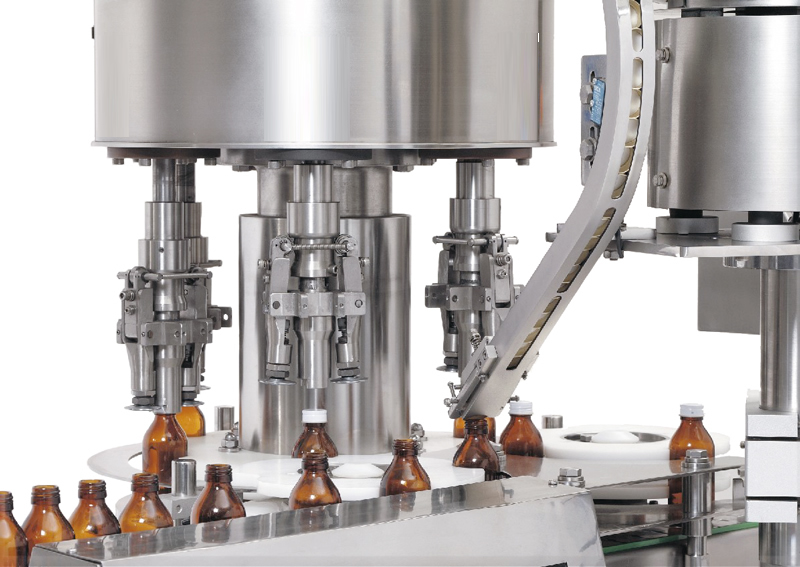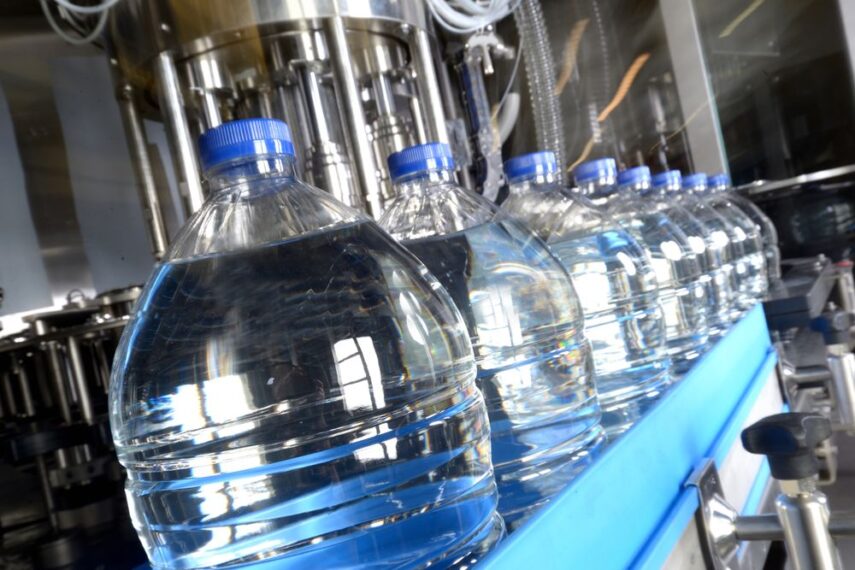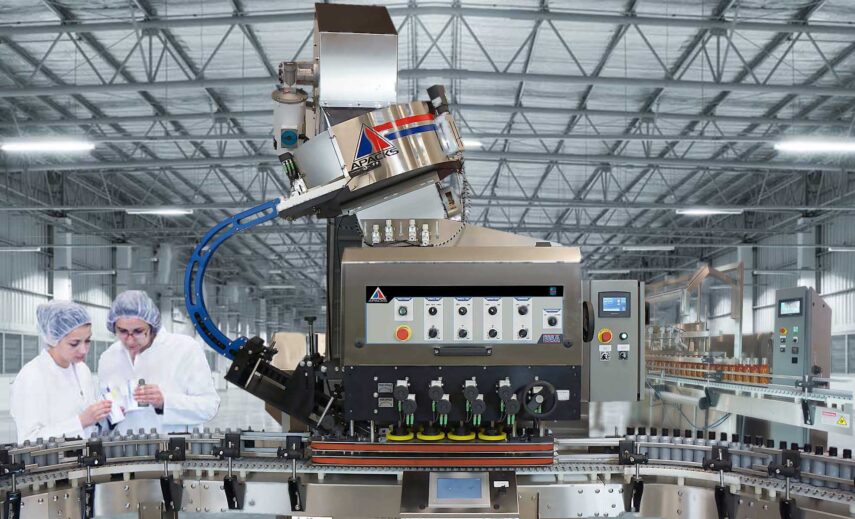Getting the best capping machine for your business can be a daunting task, especially with countless options with different features on the market.
If you are relatively new to the packaging business, it becomes more cumbersome. There are various aspects and factors that you must consider before buying capping equipment. However, with the right guidance, you can easily choose the most appropriate machine to serve your business needs. Here is a list of some crucial aspects that you consider when purchasing a capping machine.
1. Production Line Integration and Adaptability to Future Changes

You need to carefully evaluate whether the capping equipment will fit into your production line. Typically, a standalone design is easy to integrate into an existing line, and you can opt for gating options like the choice of feedscrews.
If the capper needs to interface with some of your existing equipment, make sure to first understand the possible disruptions that are likely to arise. Overall, the cap fitting machines should have product handling capability compatible with your current production line.
The digital era comes with a multitude of innovations, and it’s hard to predict which designs will be trendy in the future. For instance, industries like personal care and cosmetics face continuous changes in containers and cap designs. Regardless of your industry, consider cappers with good flexibility to accommodate future needs. Above all, choose capping equipment that is less likely to become obsolete due to future changes.
2. Manufacturer Reputation and Equipment Service Issues
It’s important to consider the manufacturer’s experience with capping equipment and accessories. And you can quickly determine if a manufacturer is experienced by looking at the range of capper models they offer.
Also, you ought to consider whether cappers are an integral part of the manufacturer’s business and whether they build their own machines. Make sure to do some background checks to find out the manufacturer’s reputation.
The reputation of the bottle capper cannot be left to chance. Make sure the manufacturer provides several references for the model you are about to purchase. You should also insist on seeing the machine in operation.
Before paying for your next handheld capping machine, make sure to compare the warranty with industry standards. A good manufacturer will provide remote programming and servicing to customers. In addition, find out if the manufacturer offers a preventative maintenance program, training, and periodic regional service visits.
3. Production Requirements

Your specific production requirements will determine whether the most appropriate bottle capping machine should be fully automatic, semi-automatic, or manual.
Mostly, in a line handling liquid products, capping tends to be the major hindrance to productivity in the entire packaging process. If you choose a manual capping machine, production will be sluggish since it’s too labor-intensive. Besides, it can pose serious health risks to your production line personnel.
In a manual system, the speeds will seldom go beyond ten containers per minute. On the other hand, a semi-automatic plastic bottle capping machine can easily achieve higher speeds of up to 20 containers per minute. But the process involves extra labor.
However, fully automatic machines capable of sorting, placing, and tightening the caps can attain speeds of up to 200 containers per minute. Nevertheless, this often depends on the style and design of your caps and if they are applicable in continuous motion machines. If the closures require intermittent motion equipment, rotary chuck machines with multi heads are recommended for higher speeds.
4. Cap Size Range
There are different cap sizes that can be as small as 5mm diameter to bigger ones with 120mm diameter. Therefore, it is impractical to use one type of filling capping machine to handle a wide cap size range. Normally, machines used for large-cap sizes must be fitted with vertical placing accessories and cap tighteners to ensure a seamless production process.
On the other hand, capping smaller closures often limits your choices on the types of machines. And this happens because these containers are too small for handling by other production line systems. However, monoblock machines can handle a wider range since they control the containers using a starwheel.
Most importantly, the cap diameter will guide you when choosing the most suitable type of sorting accessory for your automatic screw capping machine. In most cases, small closures often require smaller vibratory systems for sorting. On the contrary, large-cap diameters require bigger elevator sorters.
5. Cap Geometry

The height-to-width ratio of caps will influence your choice of cap sorting equipment. Similarly, it will also determine the type of bottle capping machine that you ought to use for your operation.
Typically, standard flap caps with cap heights smaller than cap widths are easier to sort. And they are also easier to handle when applying to the containers. Most importantly, they tend to work well on most types of capping equipment.
But when your caps are tall or are square-shaped, your sorting equipment options are limited to centrifugal and vibratory systems. Technically, the cap geometry determines if the machine can safely strip them out from the lid chute. Alternatively, they have to be picked and vertically placed onto the containers.
Specific handling issues will determine whether you should settle on inline capping machine designs. Also, they determine if it is best to use a vertical chuck capper for your production line.
6. Container Closure Design
In some applications, you need to use threaded closures that can’t be applied to containers in any other way apart from using vertical chuck capping equipment. For instance, detergent spout caps tend to be tall and can only be handled with a chuck machine.
Typically, these caps come with skirts that must fit on the container’s mouth before engaging the cap threads for tightening. Similarly, you must first sort and vertically fix closures such as corks, stoppers, and plugs into the containers.
Conclusion
Selecting the appropriate capper machine can be confusing, considering the many options available today. But the process becomes simpler when you are familiar with your production capacity, closures, cap designs, and future needs.
Since different are designed for specific capping capabilities, make sure you understand your product specifications and features. You can check high quality capping machines at Acasi Machinery Inc.
Related Posts:
- 7 Things to Know Before Using a Cavitation Machine…
- 9 Things to Consider Before Investing in…
- 5 Things To Consider Before Making Stock Investing Decisions
- Dos and Don’Ts of Purchasing Digital Meet and Greet…
- A Comparative Analysis: Traditional vs. Online…
- How To Save Yourself Losing From A Penny Slot Machine?







